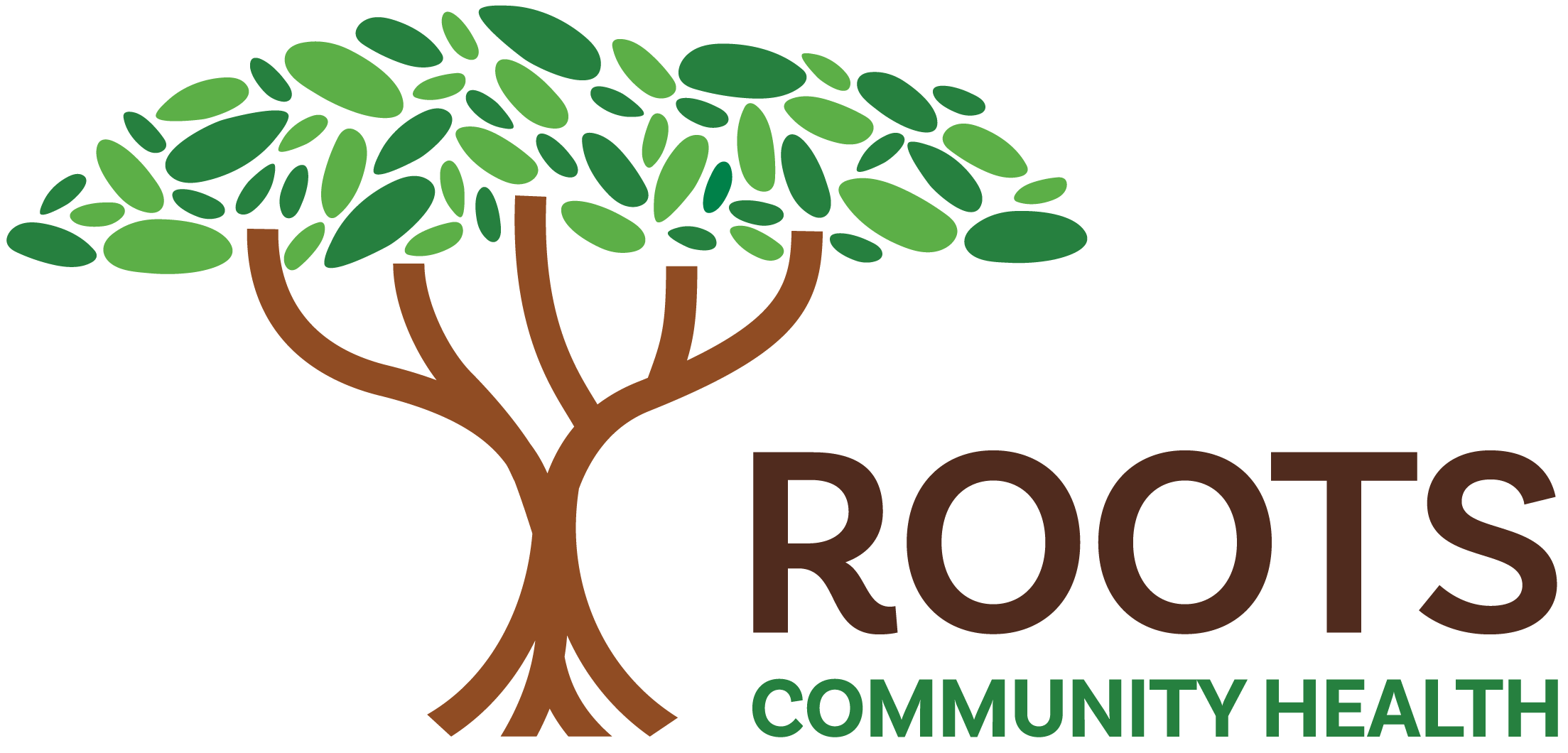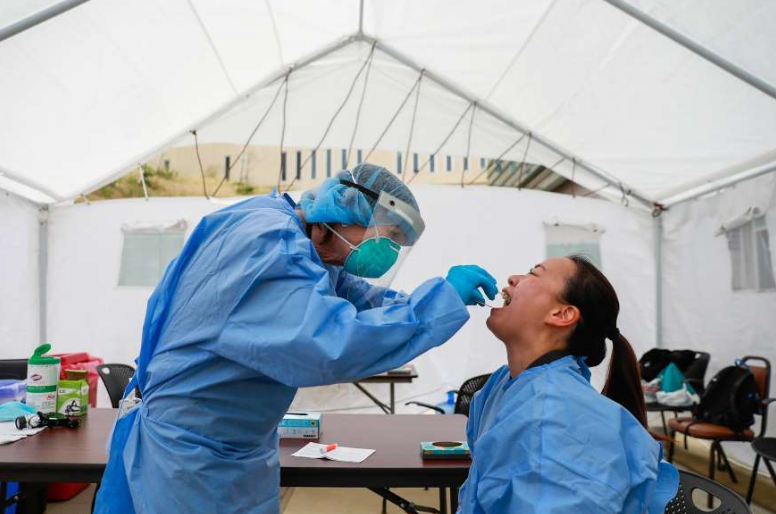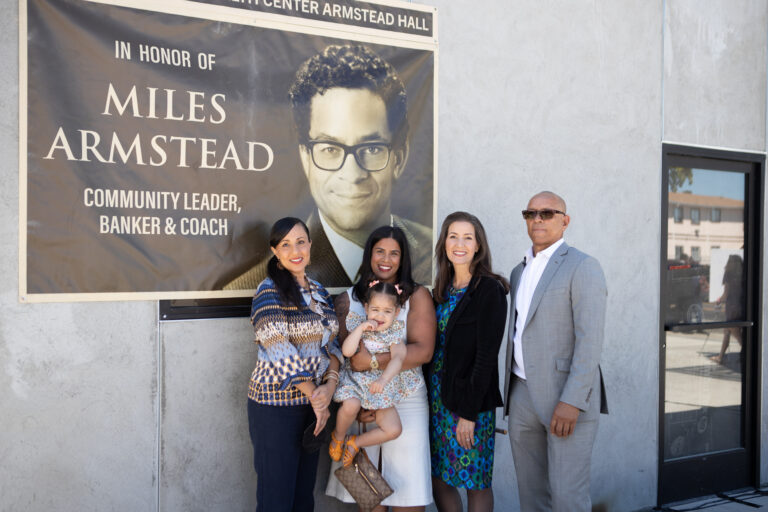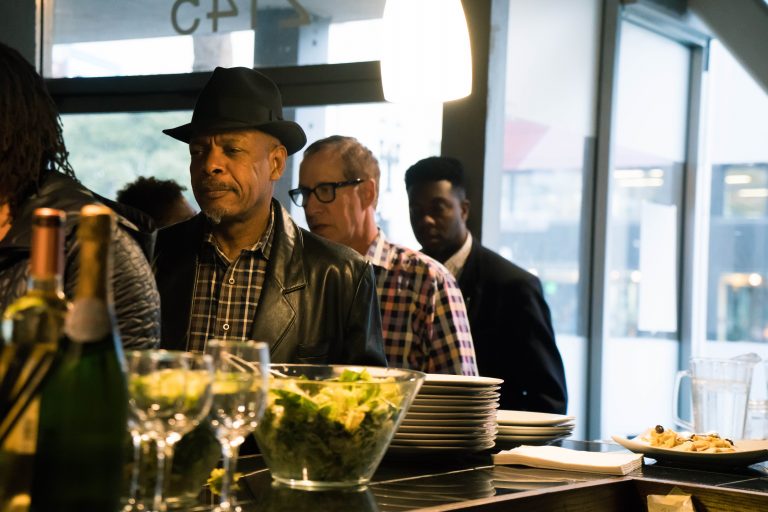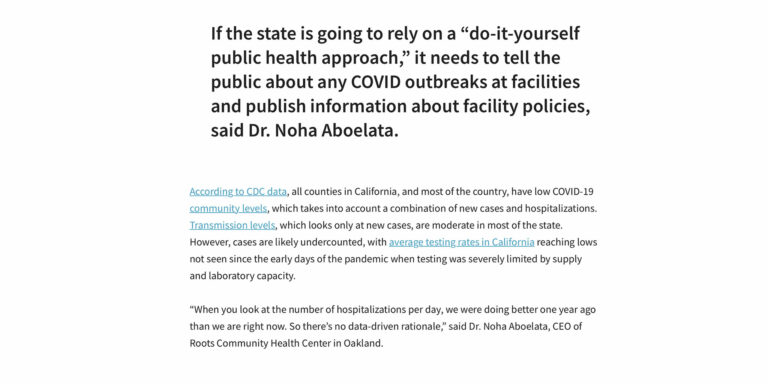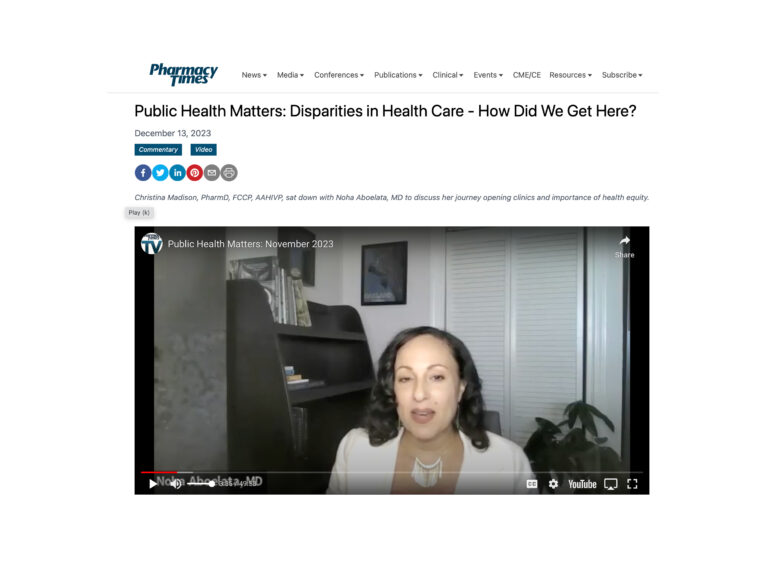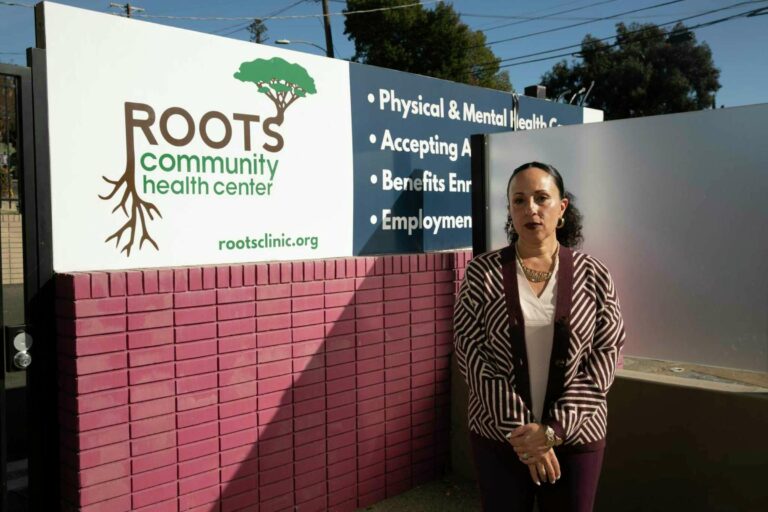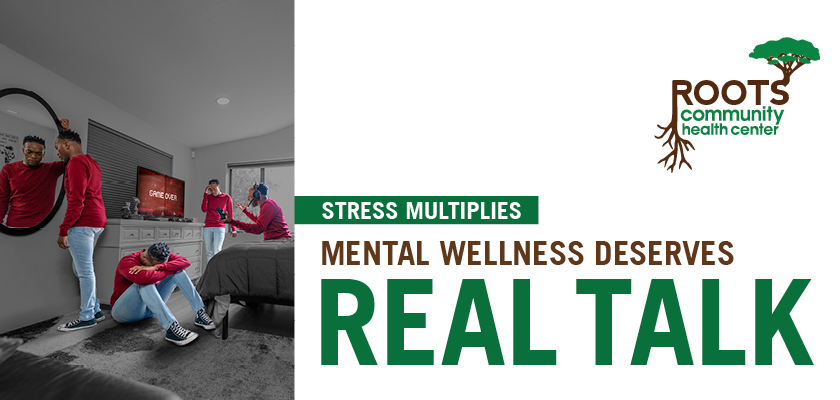California surpasses 500,000 cases, capping off deadliest month yet
California became the first state to surpass 500,000 confirmed coronavirus cases Friday, capping off a month that saw more new infections and deaths than any other since the pandemic began.
The state reported 267,974 new cases in July — more than half of the state’s total cases since the start of the pandemic, and more than double the previous monthly record of 120,177 in June, according to Chronicle data as of Friday afternoon.
And 3,137 Californians died from COVID-19 in July, a 64% increase compared with June.
The latest surge in cases, hospitalizations and deaths stems largely from behaviors dating to Memorial Day and early June, public health experts say. The state and many counties at that time began reopening businesses, and residents who had grown restless under shelter-in-place orders began to resume activities with friends and family.
Because it takes time for the virus to incubate, the result of that behavior is hitting now. The results manifest themselves in waves, starting with cases, followed by hospitalizations and deaths. Early June also marked the beginning of Black Lives Matter protests, during which thousands of people crowded the streets across the state and the country, many without masks.
“Everything coincided at the same time,” said Dr. George Lemp, an infectious-disease epidemiologist and retired director of the California HIV/AIDS research program at the University of California. “Opening up. Memorial Day weekend. There were lots of people pent up and sheltering in place for a long time. Everyone went out and failed to social distance and wear masks.”
The Bay Area, similarly, saw new infections and deaths reach grim new highs in July. The region, which has generally fared better than many other major U.S. metropolitan areas, reported 27,247 new cases in July — a 132% jump compared with the previous high in June. And 239 Bay Area residents died from the virus in July, a 77% increase compared to the previous month.
For the first time since the pandemic began, the state has recorded more than 200 deaths in a 24-hour-period. According to data collected by The Chronicle, the daily death toll has reached 205, and counting.
In total, 501,030 cases have been recorded statewide, including 9,229 deaths. The Bay Area has seen 53,188 cases, including 821 deaths.
There are indications that the rise in cases, while still growing, is starting to slow. The seven-day average of new cases fell from 9,881 per day last week to 8,322 per day this week, according to the California Department of Public Health.
But the virus is spreading faster than testing and contact tracing can keep up. The surge of new infections has caused demand for testing to skyrocket. Labs, unable to process the tests quickly enough, are taking as long as two weeks to get results back to patients.
Such delays make it virtually impossible to do contact tracing fast enough to stop the virus from spreading. Many people get tested around the time they start to show symptoms, which is the period when they are the most infectious. The longer they have to wait for results, the longer it takes contact tracers to identify the initial positive case, and the longer it takes to find and test all the people that person may have been in contact with. By that time, they may not be infectious any longer, but may have already passed it on to others.
“Turnaround time for testing is really important,” said Dr. Chaz Langelier, an assistant professor of medicine in the division of infectious diseases at UCSF, during UCSF Medical Grand Rounds on Thursday. “Say they have a 48-hour turnaround time for their test. During the 48 hours they’re waiting for their test results, that 48 hours would be expected to represent 32% of their potential infectiousness. So having to wait for the results of the test provides a significant opportunity to transmit to others.”
Statewide hospitalizations have been declining over the last few days, to 6,632 on Friday — down from a peak of more than 7,100 last week — but that is partially due to a change in federal reporting requirements that went into effect July 23.
“We do not want to reach capacity,” said John Gioia, a supervisor for Contra Costa County, which on Friday reported that 74% of the county’s ICU beds were full. “It’s going to take all of us, preventing and testing. … There are statewide supply chain issues that we all as counties are working to try to solve. Despite that, it is still important to get tested.”
In other news, state health officials on Friday confirmed the first coronavirus-related death of a Californian between the ages of 12 to 17 years old. The teenager, whose exact age was not disclosed, lived in the Central Valley and had underlying health conditions.
Lemp, who is closely tracking state coronavirus data, said data the next few days will indicate whether the state’s curve has peaked and will flatten out.
“If we could reach a plateau or decline in cases, then perhaps testing and contact tracing and hospital treatments and interventions could catch up, stabilize and prove effective,” he said. “At this point, that would be a welcome relief.”
Catherine Ho is a San Francisco Chronicle staff writer. Email: [email protected] Twitter: @Cat_Ho
